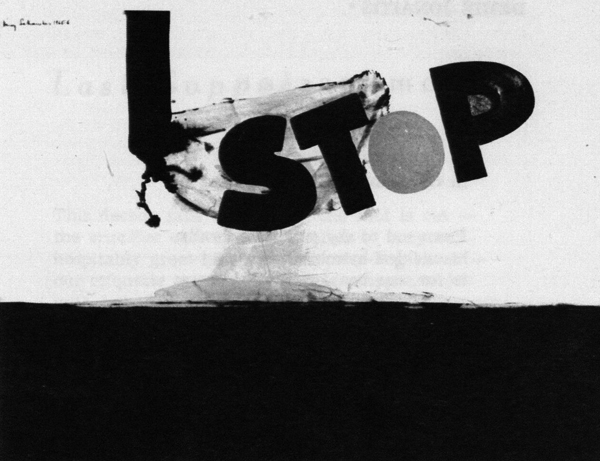Editor of this issue: Thomas Remeikis
Copyright © 1966 LITUANUS Foundation, Inc.

|
LITUANUS
LITHUANIAN
QUARTERLY JOURNAL OF ARTS AND SCIENCES
Volume 12, No.2 -
Summer 1966
Editor of this issue: Thomas Remeikis ISSN 0024-5089
Copyright © 1966 LITUANUS Foundation, Inc. |

|
HENRY ŠALKAUSKAS AND
CONTEMPORARY AUSTRALIAN ART
ELWYN LYNN
Elwyn Lynn is President of the Contemporary Art Society (N.S.W. Branch), an art critic for the national newspaper The Australian, and an artist himself.
Henry Šalkauskas is one of those Lithuanians who have had a profound effect upon the direction of Australian painting, printmaking and drawing. It might be argued, indeed, that of the many countries whose people have sought refuge in Australia, Lithuania has made the most consistent, continuous and pervasive impression. The revival of printmaking in this country is certainly due, in part, to such artists as Eva Kubbos and Vaclovas Ratas and to Henry Šalkauskas himself; artists like Leonas Urbonas lent emphasis to a new interest in more expressive watercolour, while Zikaras and Jomantas are leading sculptors, the latter, with his grand, monumental semi-cubist pieces of starned, laminated wood, being one of the most exciting sculptors this country has seen.
Henry Šalkauskas was bom in Lithuania in 1925. At the end of World War II he escaped the advancing Red Army upon his homeland ayid became a "displaced person" in Germany. It is here that he studied art at the special french sponsored art school, the L'Ecole des Arts at Metiers in Freiburg. At the same time he attended University of Freiburg. Since 19á9 Šalkauskas lives in Australia.
Besides many individual and group shows in Australia, Šalkauskas has exhibited widely internationally. He has participated in the following group shows outside Australia: Riverside Museum, New York (1958) Lithuanian Prints and Drawings, Auckland New Zeland (1959); Second International Biennale of Prints, Tokyo (1960); Fifteen Australians, London and Newcastle-on-Tyne (1960); Sao Paulo Biennale (1961); Third International Biennale of Prints, Tokyo (1962); Four Arts in Australia, Traveling Exhibition, South-East Asia (1962); Prints of the World, London (1962); Fifth International Exhibition of Graphic Arts, Ljubljana, Yugoslavia (1963); International Exhibition of Prints and Drawings, Lugano, Switzerland (196i); Young Australian Printers, Tokyo and Kyoto (1965); Australian Print-makers, Washington, D.C. (1966).
In Australia Šalkauskas has won twenty-five prizes for water-colours and prints — a number that indicates only a few of the shows in which he has participated — and this has meant that his work has been widely seen and commented upon. Such recognition has allowed him to arouse interest not only in his aesthetic but also in his craft of print-making and in a water-colour technique that involves vast pale washes and stains and sudden dramatic areas of funereal black.
Šalkauskas, like most abstract or abstracting painters, was affected by the belated wave of abstract expressionism that swept Sydney in late 1956; but at that time he was still concerned to preserve discipline — mainly through the use of lino-cuts, but, as can be seen in Behind is Always the Sun (1962), he was always concerned to retain certain areas as reservoirs of energy as entities and presences in themselves rather than have them lost in action painting's vortex. In this work his horizontal palisade presages much of his later use of free-floating islands of blackness. Of course, the skill, variation of form, inventiveness and imagi-ative use of emphasis that characterize all his work is evident here.
Šalkauskas was absorbing the modes and purposes of action painting when notions of hard-edge, colour-field and colour-imagery began to influence artists in Australia, and what was distinctive and significant about his work is the way his calligraphy, his home-spun ideograms have been elevated to images, to almost hard-edge shapes, and the abstract expressionist elements of loose washes and accidents have been relegated to the background. Rauschenberg, for example, in his assemblages, used the action-painting brush stroke as one collage ingredient, but Šalkaukas, in giving action-painting techniques and the emotional content they imply a subsidiary role, still makes them a formidable part of his compositions. In Drawing for a Great Aviator (1966) where the cross conjures up notions of propellers and iron crosses, the circle could be interpreted as a plane itself; but the black band across the top rejects such associative and interpretative excursions and emphasizes the tension between the modes. That he is concerned with the symbolic opposition of forms, with the dramatic arresting of the movements of giant areas that have become masses in motion is evident in a watercolour like Edge of Spring (1965). In the latter it is clear what he took from action painting; the act of creation and the created object are one; the solid black inseminates, as it were, the invading, almost amorphous form on the left. As with many contemporary artists the process is as important as the finished work. He shares with the
early cubists — who, too, wanted to demonstrate their methods of analysis, to show how it was done — a concern with the capture and release of forms, here exemplified in Painting 10 (1966) where the imprisoned stains coalesce into tough orbs, rejecting their amorphous origins. A similar process occurs in the water-colour Around the Window (1966) where the great black walls that enclose the abyss may be in danger of dissolution from the whispy shapes floating within.
Šalkauskas has long been preoccupied with the opposition between solidity and liquescence and in Rainy Zone (196A) and in Drawing (1965), which won the prestigious Perth Prize, the processes of fluidity, of melting forms or, contrarily, the crysta-lization of black forms from transitory washes, dominate his thought and methods. He often uses a band of black to still, arrest and fix the process; this is probably why STOP became the slogan of Stop Painting (1965-6) when it seemed that the stabilizing black horizontal band at the bottom was not enough. Such puns indicate the ambiguity of his purposes, a concern with being and becoming that occurs even in such calculated processes as his serigraphs where forms curve or jut (Serigraph and Serigraph 2) with a tremulous vigour, a tense balance and a vitality not usually associated with this method. In fact, his use of serigraph reveals how much Šalkauskas is opposed to decorative deployment of forms, to fastidious placement, for he remains a proponent of the expressive shape, of the immediacy of the monumental form, and he, and his fellow Lithuanians have given to Australia's rather brash expressionism an intensified elegance that does not conceal the underlying vigour.
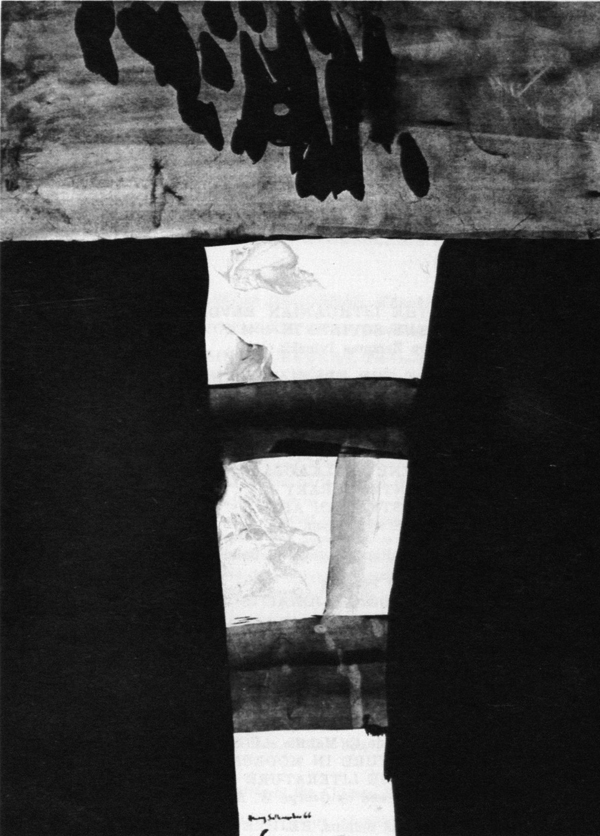
AROUND THE WINDOW
Watercolor 1966
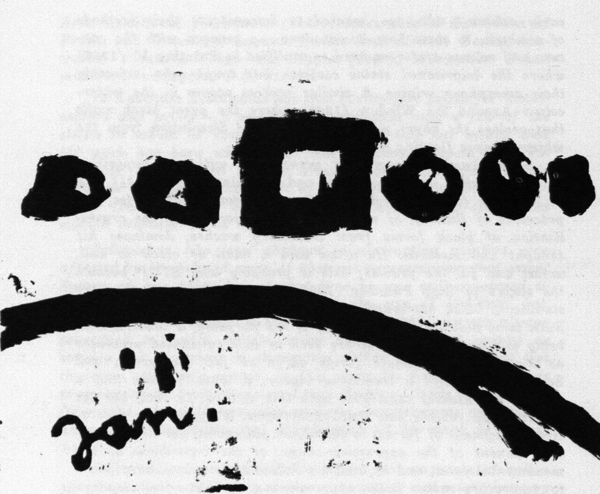
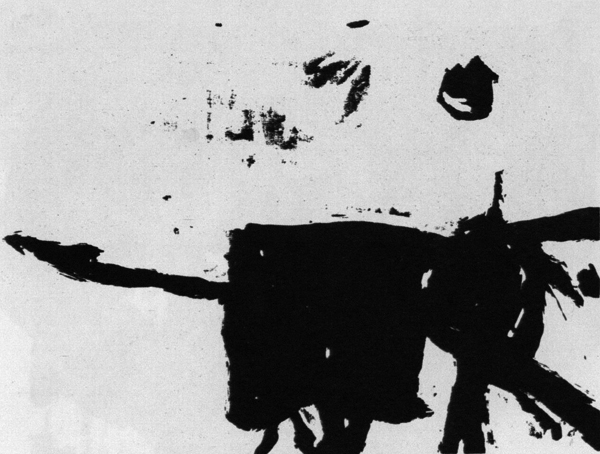
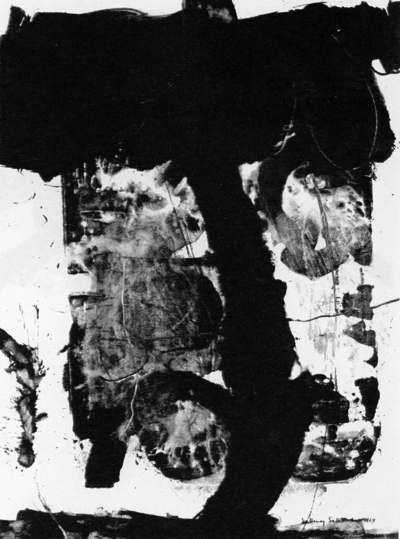
RAINY ZONE mixed media
1964
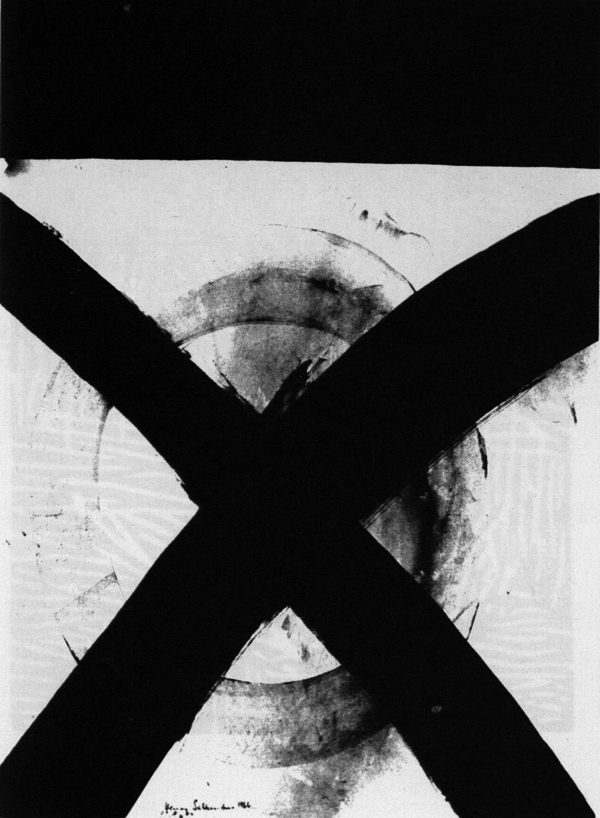
DRAWING FOR A GREAT
AVIATOR 1965
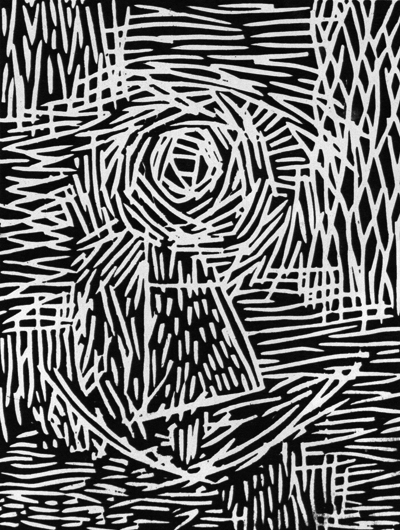
HARVEST linoleum cut 1959
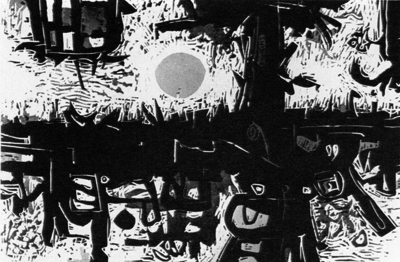
BEHIND IS ALWAYS THE SUN
lino cut 1962
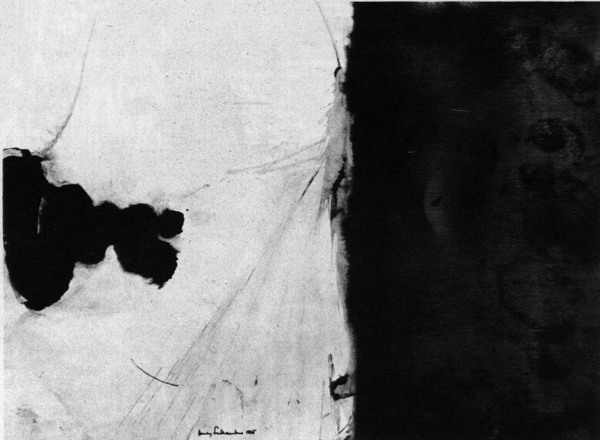
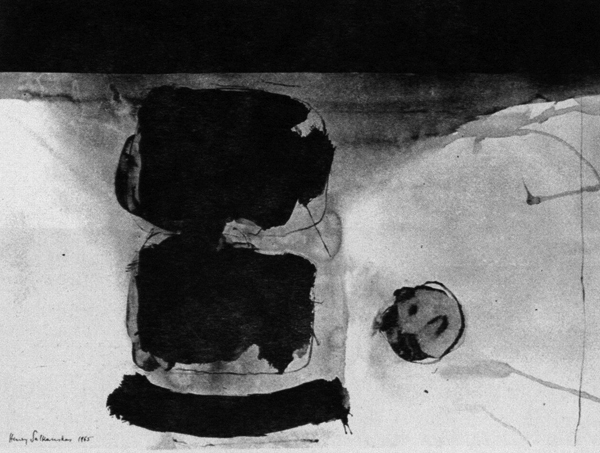
DRAWING 1957 (PERTH
PRIZE, 1965, for drawing)
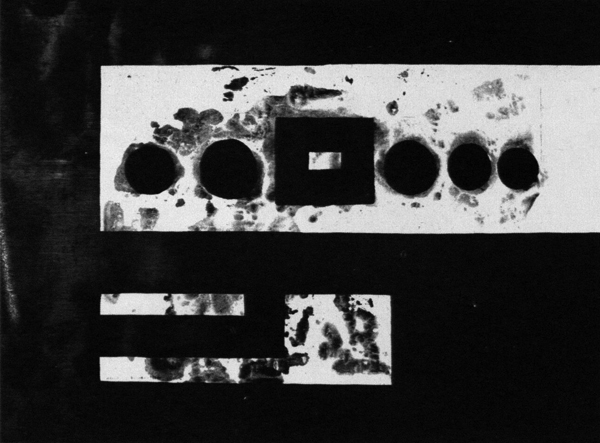
PAINTING 10 mixed media
1966
